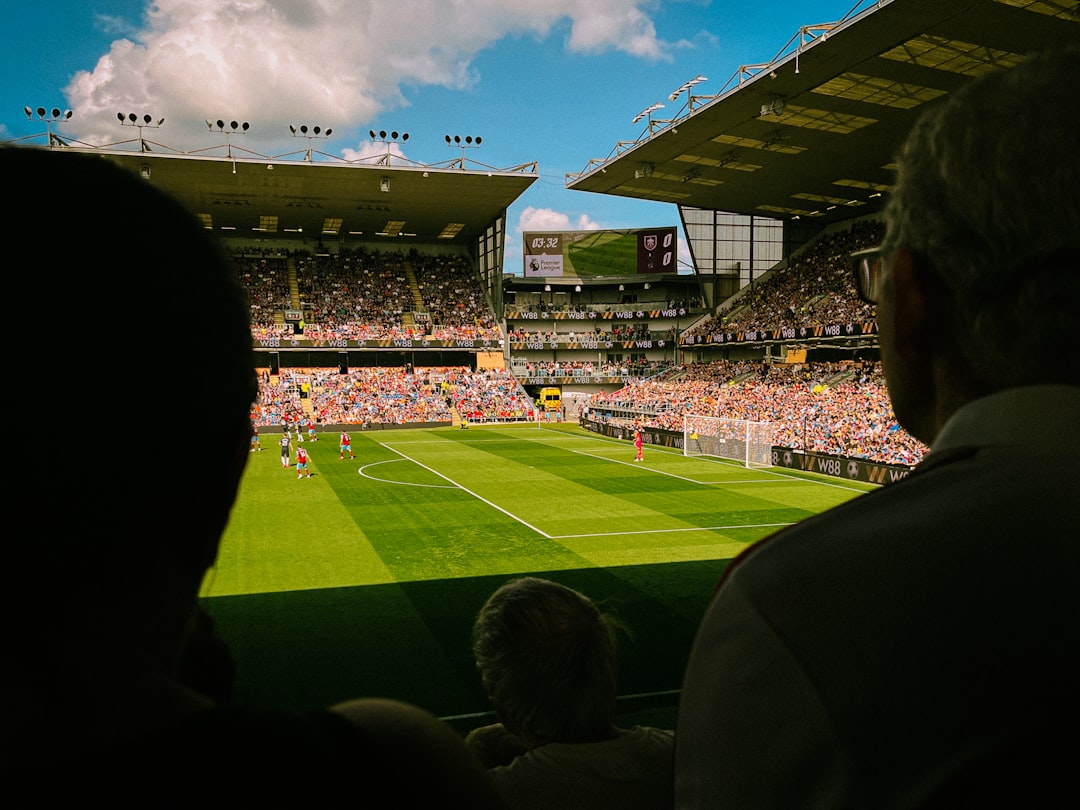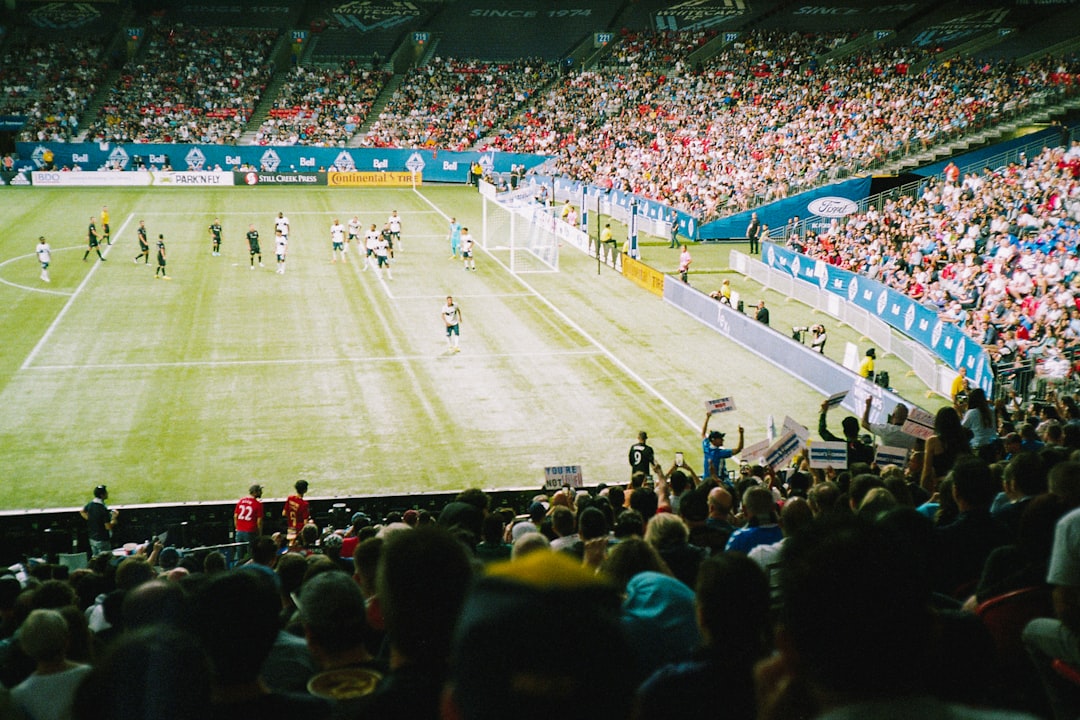Soccer is exciting, unpredictable, and sometimes… it just refuses to end! That’s where extra time comes in. You’ve probably seen those matches that go way beyond 90 minutes. Ever wonder why and how it works? Let’s break it down for you in a fun and easy way.
What Is Extra Time?
Extra time is not the same as stoppage time (a common mistake!). Stoppage time is added at the end of each half to make up for lost time. But extra time? That’s used when a match needs a winner, and the game is tied after 90 minutes.
This happens in knockout stages of tournaments like the World Cup or Champions League, where a draw just won’t do.

How Long Is Extra Time?
Extra time is 30 minutes in total.
- Divided into two halves of 15 minutes each.
- A short break (not full halftime) happens in between.
If the game is still tied after 30 minutes of extra play, then it goes to a penalty shootout. ⚽
Important Rules in Extra Time
- No “Golden Goal” or “Silver Goal” anymore – Those old school rules are now history.
- Teams can make one additional substitution if it goes to extra time (on top of the ones allowed in regular time).
- Yellow cards still count! Players need to be careful not to earn a second one.
There’s no restart or reset. Everyone is tired, and every moment counts!
Why Do We Need Extra Time?
In league games, a draw is fine. Both teams get points. But in knockout games, one team must win to move on. Extra time gives them more chances before going to the drama of penalties.

Cool Extra Time Moments
Some of the most memorable soccer moments happen in extra time:
- Andrés Iniesta’s goal in the 2010 World Cup Final 🏆
- Liverpool’s dramatic comeback in the 2005 Champions League Final
- Germany vs. Argentina in 2014 – settled in… you guessed it… extra time!
Extra time is like bonus soccer. It makes your heart race. It’s tense, thrilling, and often heroic.
FAQs About Extra Time
Q: Can a team win in the first half of extra time?
A: Yes, a team can lead, but the game still continues to the end of the second half. Both halves must be played in full unless there’s a forfeit.
Q: What happens if a player gets injured?
A: Same as regular time. The clock doesn’t stop, and the referee can add extra minutes if needed.
Q: Is extra time used in every tied match?
A: No. Only when a winner must be decided. For example, cup finals or knockout rounds.
Q: Is it fair?
A: Well, it gives both teams equal time to break the tie. And fans get more soccer fun!
Tips for Watching Extra Time
- Don’t leave early — the best goals might come late!
- Watch the players closely — fatigue makes mistakes more likely.
- Cheer louder — your team needs that boost!
And yes, dramatic goals in the 119th minute are totally possible. That’s why we love it.
Summary
So next time a game ends 1-1 and you notice the players lining up again instead of shaking hands, remember:
- It’s extra time!
- 30 minutes of high-pressure soccer.
- Then possibly penalties if still tied.
Extra time adds more drama, more action, and often… more heartbreak. But it’s part of what makes soccer the world’s game.
Now you’re fully prepped to explain it to your friends at the next watch party. Or maybe just cheer loudly when that late goal hits the net!
